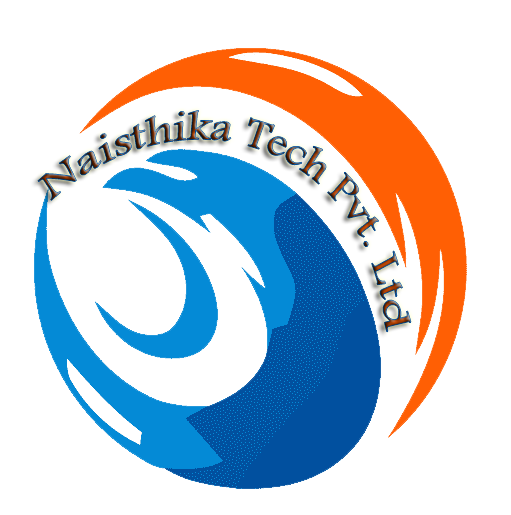
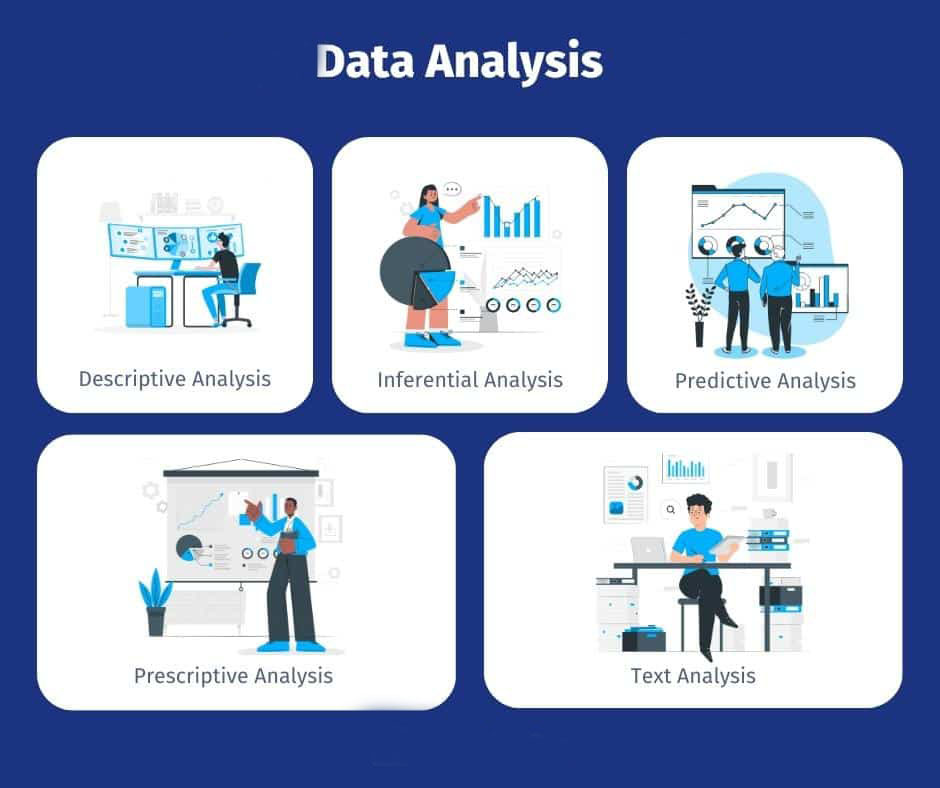

data analysis, the process of systematically collecting, cleaning, transforming, describing, modeling, and interpreting data, generally employing statistical techniques. Data analysis is an important part of both scientific research and business, where demand has grown in recent years for data-driven decision making. Data analysis techniques are used to gain useful insights from datasets, which can then be used to make operational decisions or guide future research. With the rise of “Big Data,” the storage of vast quantities of data in large databases and data warehouses, there is increasing need to apply data analysis techniques to generate insights about volumes of data too large to be manipulated by instruments of low information-processing capacity.
Datasets are collections of information. Generally, data and datasets are themselves collected to help answer questions, make decisions, or otherwise inform reasoning. The rise of information technology has led to the generation of vast amounts of data of many kinds, such as text, pictures, videos, personal information, account data, and metadata, the last of which provide information about other data.


Cloud computing delivers numerous benefits, but only if an IT organization is prepared to manage a cloud environment. Proper cloud infrastructure design and management entails an understanding of automation, orchestration, monitoring, compliance, pricing, availability, and other key elements of cloud services.
To develop, deploy and manage cloud applications, an organization needs to write and configure apps in ways that meet performance and reliability goals without consuming an inordinate amount of costly cloud resources. These requirements demand that an IT team create -- and commit to -- a realistic cloud app development and management strategy.
Cloud service providers offer myriad options, from infrastructure to software to platforms. To make informed decisions about cloud deployment and architecture, organizations must know how to choose the resources that suit their workloads and budgets. That could mean adoption of a hybrid or even a multi-cloud architecture.


Help your consumers find you, make them remember you, and let them understand you. With hundreds of domain extensions available, choose the best domain name that connects your business with your customers.
Hosting a website can be a daunting task for beginners. But with the right information, it can be an easy and fun process. First, you will need to understand what you need to host a website, and then it is important to choose the right hosting service for your needs.
Built on top of a reliable platform and backed by 24/7 chat, Domain.com's Shared Hosting is designed for all user types. Whether you’re just starting your online presence or already managing a fleet of websites, Domain.com provides you with the tools and controls you need to build, manage, and secure a powerful presence.
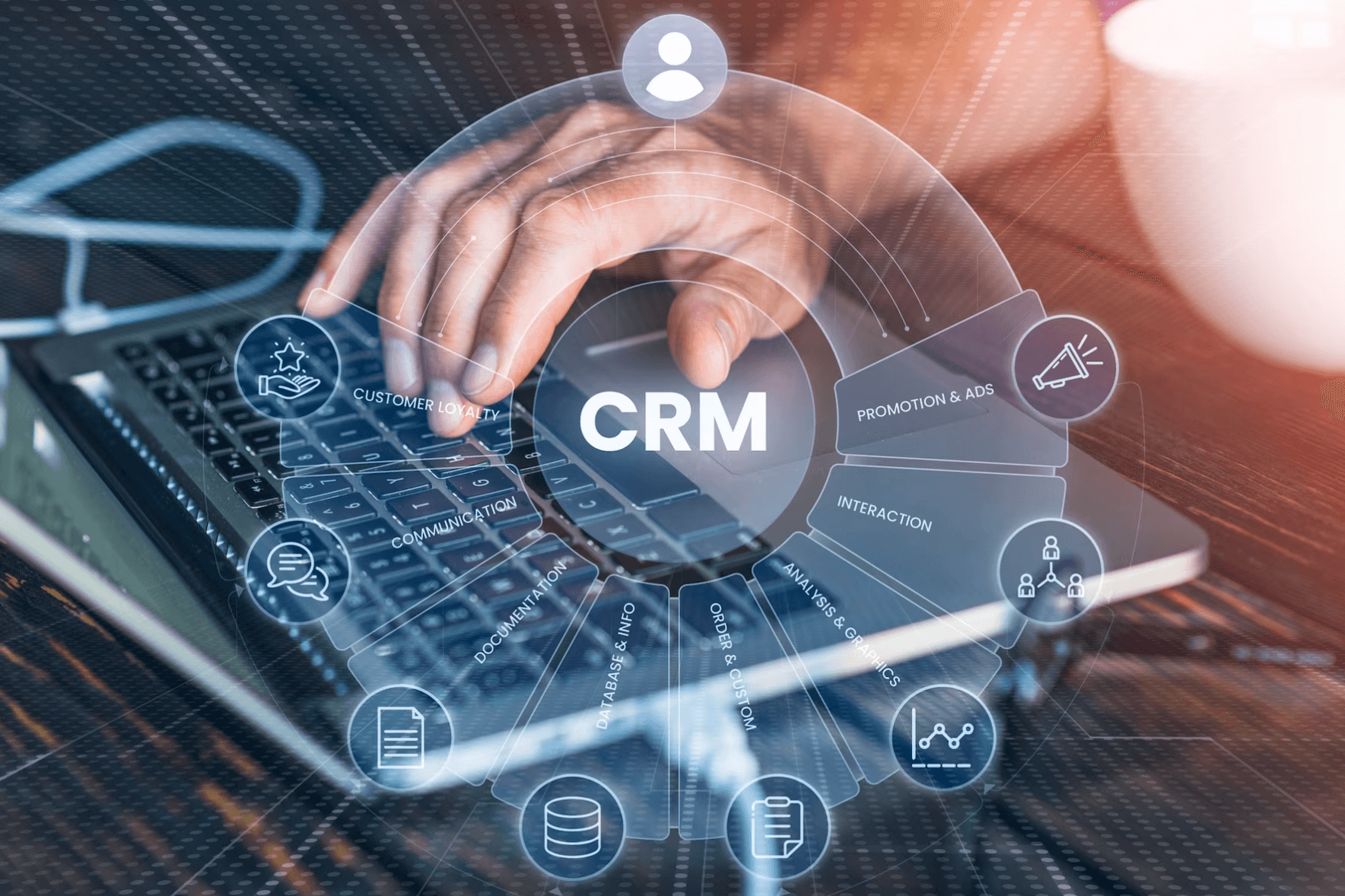
An ERP system is an integrated platform for managing large amounts of data in the production and supply chains. The system is divided into numerous modules that handle finance, accounting, procurement, human resources, manufacturing and delivery, which allows businesses to encompass and automate all processes.
What is the main driver for the growth of this market? Simply put, it’s the desire of organizations to increase their process transparency and operational efficiency.
The ERP system implementation requires a considerable amount of time, financial expenses and the engagement of all departments within the company. Such enormous effort to create the right enterprise resource planning solution pays off with numerous benefits:
Reduced product development cost — effective management and quality assurance systems minimize errors and risks.
Improved collaboration — information barriers between departments are eliminated as there is a single database.
Management optimization — all processes are controlled via a single center, so no issue can be missed.
Manual labor automation — smart digital technologies incorporated into ERPs replace humans in many operations.
Data-driven decision-making — real-time data analysis allows managers to make decisions quicker.
Regulatory compliance — specialized automated systems are taught to monitor compliance of produced goods with relevant rules and standards.

Customer relationship management is the process of managing interactions with existing as well as past and potential customers. It is one of many different approaches that allow a company to manage and analyze its own interactions with its past, current and potential customers.
As the acronym reveals, CRM, (Customer Relationship Management) develops marketing relations with the customers managing transactions.
Naisthika-Tech penetrates deep into the technical specifications developing high-grade fast CRM software. We (Naisthika-Tech) have a comprehensive team of IT professionals who are able to design & develop the best CRM software for you.

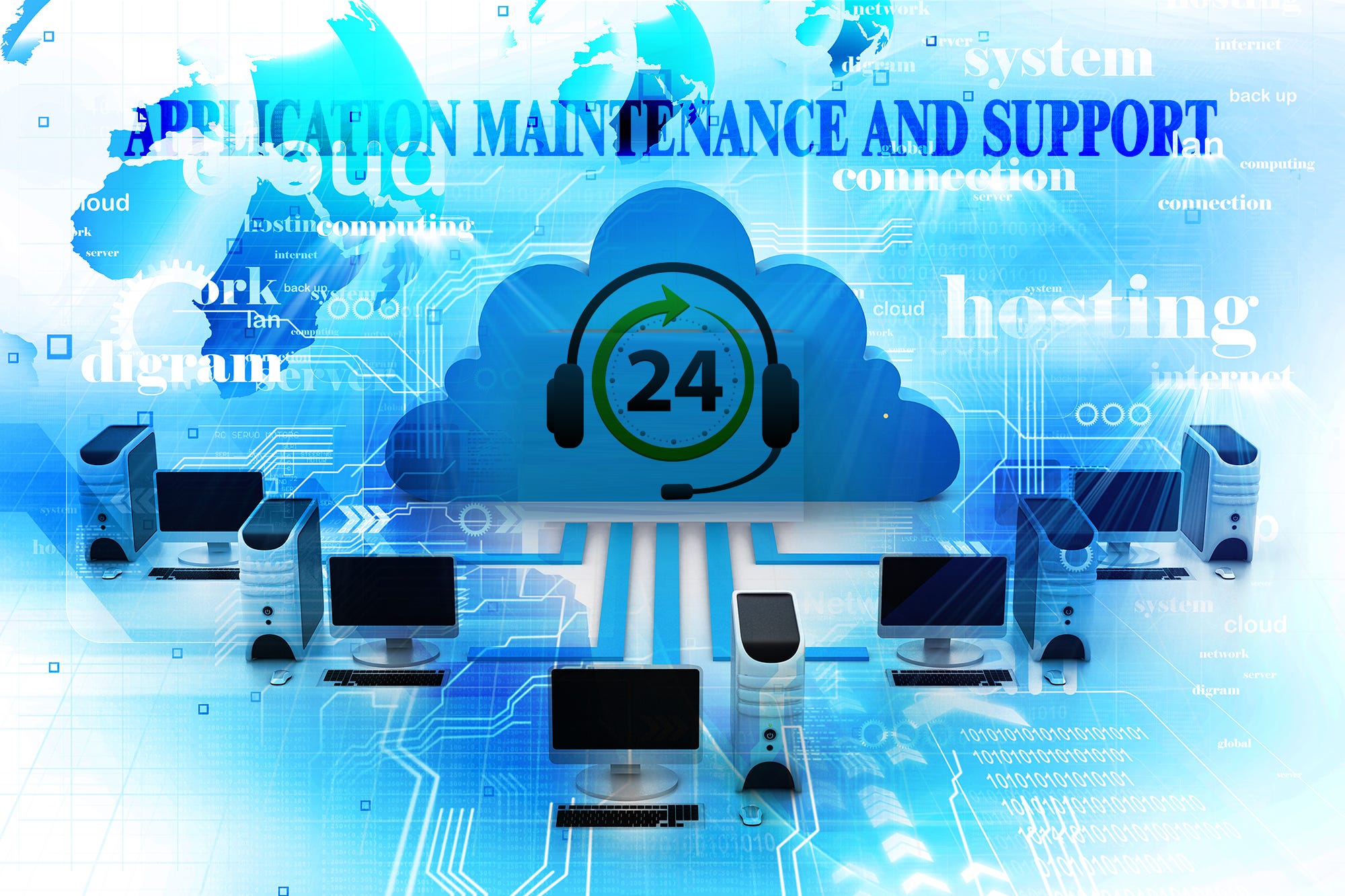

Naisthika-Tech we understand the importance of seamless software functionality in your business operations. Our software support and maintenance services are designed to empower your software experience, ensuring optimal performance, reliability, and efficiency.
Our team of experienced and dedicated professionals is committed to providing you with comprehensive support and maintenance services that extend the life of your software, prevent
potential issues, and maximize your return on investment.
We offer proactive monitoring, troubleshooting, updates, and system improvements to keep your software running smoothly and effectively. With our support and maintenance services, we aim to minimize downtime, enhance your software’s functionality, and help you keep up with the ever-evolving technology landscape
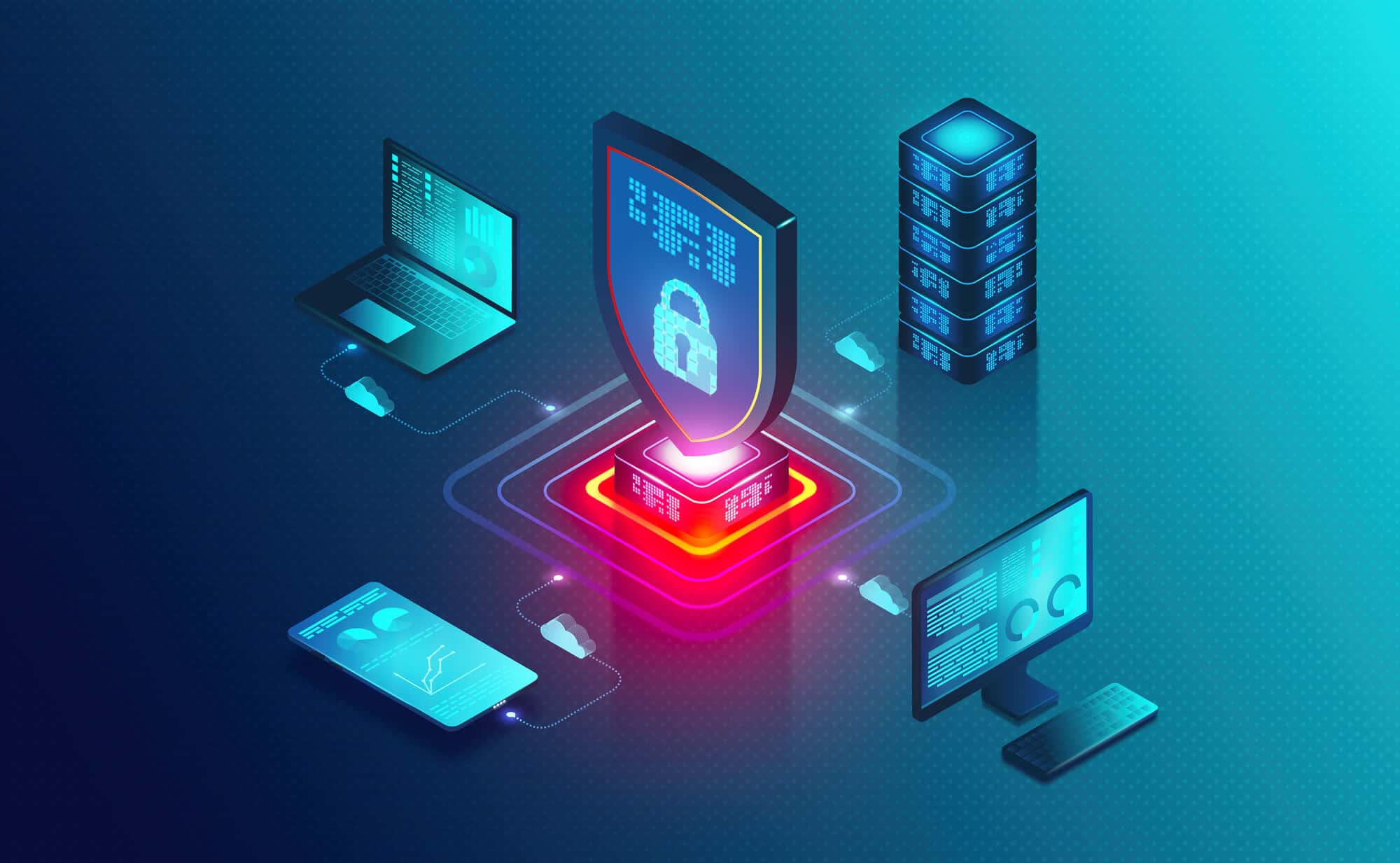
Data security and protection solutions The digital era has increased the use of cloud infrastructure and cloud applications for every organization. The expanding data footprint, continued digital transformation and cloud migration have increased the organizations’ attack surface. As a result, while organizations have gained scale and efficiency, they now have a greater need for data security. Organizations need data security that covers their data on premises, in the cloud infrastructure, and in SaaS apps—and that integrates with their enterprise security systems.

Cybersecurity aims to protect individuals’ and organizations’ systems, applications, computing devices, sensitive data and financial assets against computer viruses, sophisticated and costly ransomware attacks, and more.
Cyberattacks have the power to disrupt, damage or destroy businesses, and the cost to victims keeps rising
Not surprisingly, a recent study found that the global cybersecurity worker gap—the gap between existing cybersecurity workers and cybersecurity jobs that need to be filled—was 3.4 million workers worldwide.2 Resource-strained security teams are focusing on developing comprehensive cybersecurity strategies that use advanced analytics, artificial intelligence and automation to fight cyberthreats more effectively and minimize the impact of cyberattacks.
With data breaches costing global organizations millions on average, it's critical to understand all your repositories for structured and unstructured data, where they reside, who can access them, what needs to be encrypted, what is the flow of this data, and what potential misconfigurations exist. These foundational solutions lay the groundwork for robust data security posture management.